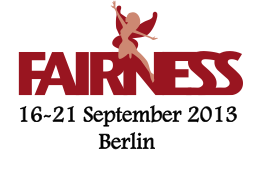Speaker
Mr
Stephan Endres
(Frankfurt Institute for Advanced Studies / University of Frankfurt)
Description
Microscopic transport models are frequently used to investigate dilepton production in nuclear collisions, but usually they have difficulties to deal with in-medium effects in heavy-ion collisions. We present an alternative approach that uses coarse-grained output from transport calculations with the UrQMD model to determine thermal dilepton emission rates. For this purpose, a four-dimensional space-time grid is set up to extract local baryon and energy densities, respectively temperature and baryon chemical potential. The lepton pair emission is then calculated for each cell of the grid using thermal equilibrium rates. A big advantage of this approach is that it enables to cover the whole space-time evolution and all collision energies (from SIS and FAIR to RHIC) in a unified description. We compare the resulting spectra with HADES and NA60 data, present predictions for future FAIR energies and investigate the influence of different spectral functions and equations of state. Moreover, the results are contrasted to pure transport respectively transport-hydro hybrid calculations.
Primary author
Mr
Stephan Endres
(Frankfurt Institute for Advanced Studies / University of Frankfurt)
Co-authors
Dr
Hendrik van Hees
(Frankfurt Institute for Advanced Studies)
Prof.
Marcus Bleicher
(Frankfurt Institute for Advanced Studies / University of Frankfurt)

